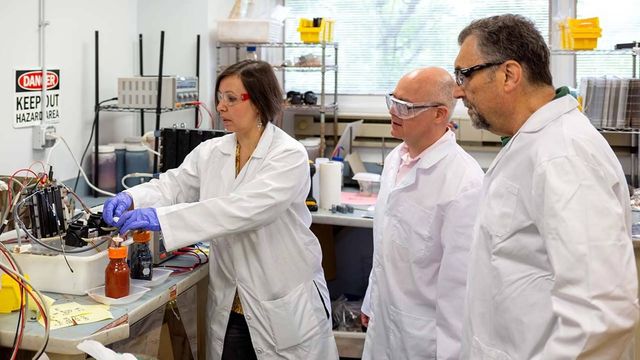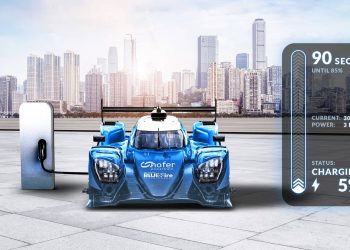Power, autonomy and charging times still represent important challenges for the rise of electric mobility, which in turn has opened the door to investment opportunities in the new business model and outstanding advances in science.
With the aim of innovating with respect to batteries and electricity storage, a group of scientists belonging to the company Influit Energy, with experience at the Illinois Institute of Technology, presented nanoelectrofuel, a flow battery system that is easily recharged and has 23% more power than conventional lithium batteries.
The innovation works by means of two chemical components that are dissolved in a liquid medium and introduced into two containers separated by a membrane that creates a flow of electric current. The difference of this new system is that the liquid works as a fuel that can be removed from the battery and replaced by a fuel that has already been charged.
Scope
According to the scientists, the system offers an energy density per volume 23% higher than lithium-ion batteries (between 350 and 550 Wh/l) and will cost half as much. But the researchers have already advanced the second generation of this platform that will provide four to five times the energy density of lithium batteries (550-750 Wh/kg) at a third of the cost.
Read also: 100 Races Together: Lucas di Grassi arrives to Seoul as Formula E’s Icon
Influit’s chief operating officer and head of research and development, Elena Timofeeva explained that the unique high energy density liquid format of NEF flow batteries allows the same fluids to be used in different devices, which means that this, charged at the charging station from renewable energy sources or from a grid, can be used to quickly refuel vehicles, or for stationary storage and other large portable applications.
For his part, Influit Energy Co-Founder and CEO, John Katsoudas, detailed that they have created a new type of flow battery that is based on a composite material they call nanofluid in which nanoparticles are active materials for the battery.
It should be noted that this innovation has attracted particular interest from organizations in the United States. For example, NASA, the Defense Advanced Research Projects Agency (DARPA) of the U.S. Department of Defense and the U.S. Air Force have requested Influit’s collaboration, approving millions of dollars to finance the research.












